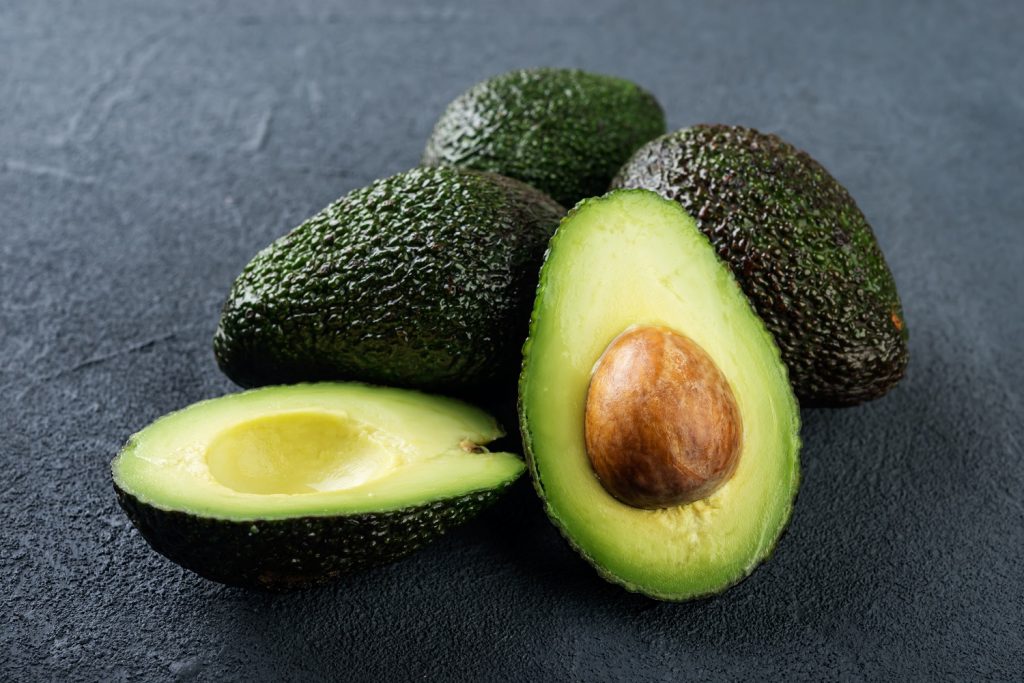Agronometrics in Charts: Jalisco joins the ranks of avocado exporters to the U.S.

In this installment of the ‘Agronometrics In Charts’ series, Sarah Ilyas studies the implications of the USDA’s authorization of the import of Hass avocados from the Mexican state of Jalisco. Each week the series looks at a different horticultural commodity, focusing on a specific origin or topic visualizing the market factors that are driving change.
Mexico is commemorating the addition of the Jalisco region to the United States avocado import market following the USDA’s authorization of the import of Hass avocados from Jalisco, beginning in April 2022.
Until now, all avocado imports from Mexico originated only from the Michoacán region. Jalisco’s climate is conducive to the growth of avocados all year round, implying that the U.S. could expect a surfeit of avocados come this April.
While these additional volumes might be able to satiate the ever increasing demand for avocados in the U.S., they might have negative repercussions for U.S. farmers, who are already tackling other challenges such as scarcity of water and labor back in California.
Despite these drawbacks, it is also important to note that in 2020, Jalisco produced about 10.4% of the avocados in Mexico, expecting a dramatic increase in exports within the next three years would therefore be a bit far fetched.
The graph below shows the flow of avocados originating from Mexico through the course of the last five years.
As is evident, the last season saw the highest growth in imported volumes, with amounts culminating at 123 M kgs while the lowest volume recorded in the past half decade was about 83 M kgs, in June 2019.
Higher volumes than those recorded last season could be projected for the current season owing to the additional volumes expected from Jalisco.
(Source: USDA Market News via Agronometrics) [Agronometrics users can view this chart with live updates here]
“This new region for imports will allow for even larger import numbers, especially during the summer months when the Jalisco region is strongest.” claims Ron Campbell, Executive Director of the Mexican Hass Avocado Importers Association).
This projected increase in imported volumes is likely to quell prices this June. Conforming with the trend of imported avocado volumes, last season saw its lowest prices in the vicinity of $24.51 per kg as can be observed in the graph below.
Unsurprisingly, the highest prices within the past five years were recorded in June 2019 at $70.24 per kg when the lowest volumes were reported.
The highest price seen last season was $50.51, in September. Prices lower than $24.51 can be expected this season, owing to the expected influx of avocados from Mexico.
Mexico also recently curbed the flow of its avocados to the European market, which implies that higher volumes would be directed to the U.S. in the following months.
(Source: USDA Market News via Agronometrics) [Agronometrics users can view this chart with live updates here]
The graph below illustrates the inflow of avocado volumes by origin. Mexico continues to sustain its position as the top exporter of avocados.
As we noted earlier, 2021 saw the highest volumes of avocado imports from Mexico.
The graph below juxtaposes each import origin and tracks the volume of imports from each. It is evident that 2021 witnessed the highest volumes of avocado imports.
(Source: USDA Market News via Agronometrics) [Agronometrics users can view this chart with live updates here]
So far, this season has seen lower volumes in comparison to the last season, as can be observed below.
These low volumes may be attributed to the fact that Californian farmers are currently recovering from the effects of strong winds and scarcity of water.
As these weather conditions continue to subside, recorded volumes for avocados will continue to increase.
So far, the lowest volume was recorded in the fourth week at 12.4 M kgs, displaying a 50 percent drop in volume compared to week 3 of the former year. The highest volume recorded was 25.7 M kgs, in the first week.
(Source: USDA Market News via Agronometrics) [Agronometrics users can view this chart with live updates here]
While it is true that higher volumes hailing from Mexico could adversely impact local farmers in Southern California who are beset with their own fair share of problems, it is important not to overlook the fact that the U.S. is one of the largest consumers of avocados in the world and therefore a slight increase in imports from Mexico, spread out throughout the year, is unlikely to heavily disrupt the local avocado industry.
In our ‘In Charts’ series, we work to tell some of the stories that are moving the industry. Feel free to take a look at the other articles by clicking here.
All pricing for domestic U.S. produce represents the spot market at Shipping Point (i.e. packing house/climate controlled warehouse, etc.). For imported fruit, the pricing data represents the spot market at Port of Entry.
You can keep track of the markets daily through Agronometrics, a data visualization tool built to help the industry make sense of the huge amounts of data that professionals need to access to make informed decisions. If you found the information and the charts from this article useful, feel free to visit us at www.agronometrics.com where you can easily access these same graphs, or explore the other 21 commodities we currently track.



















































